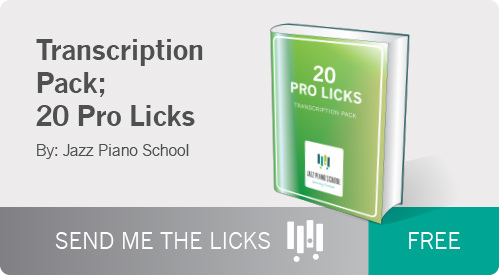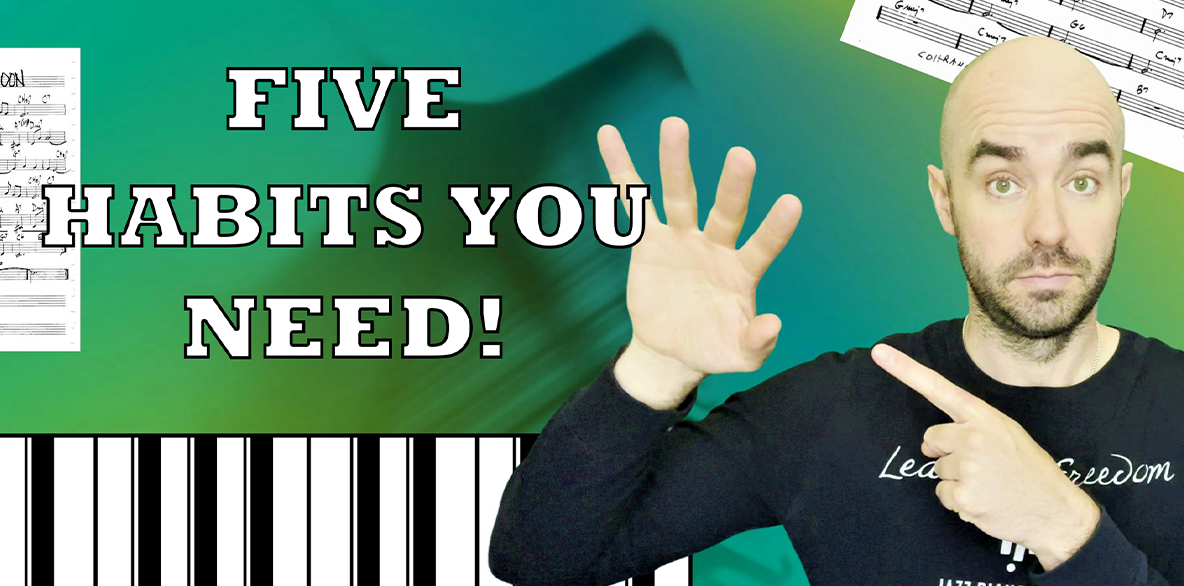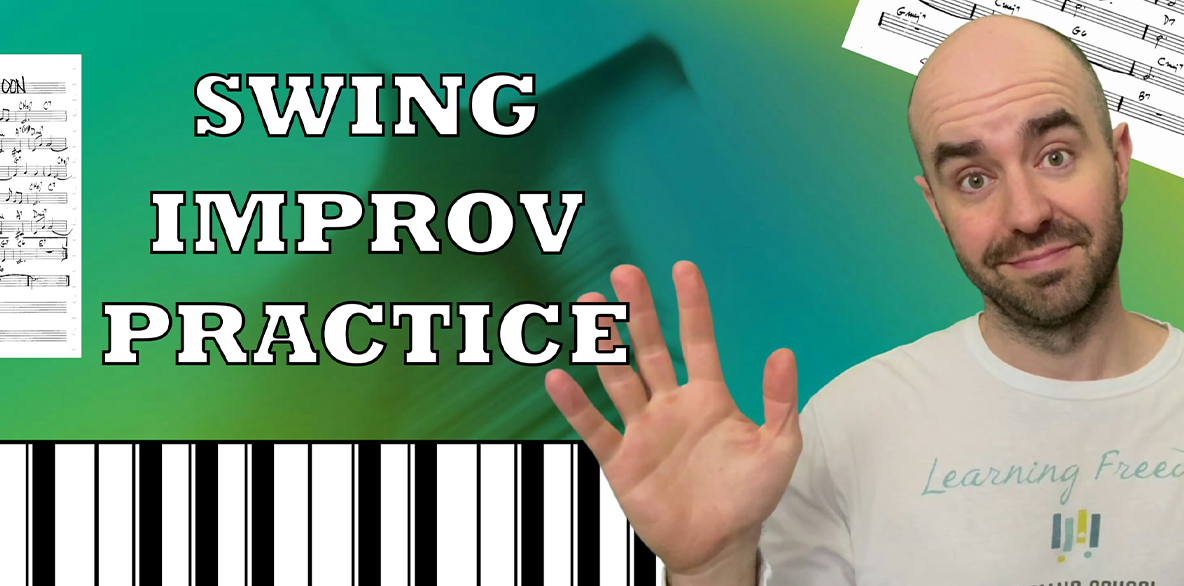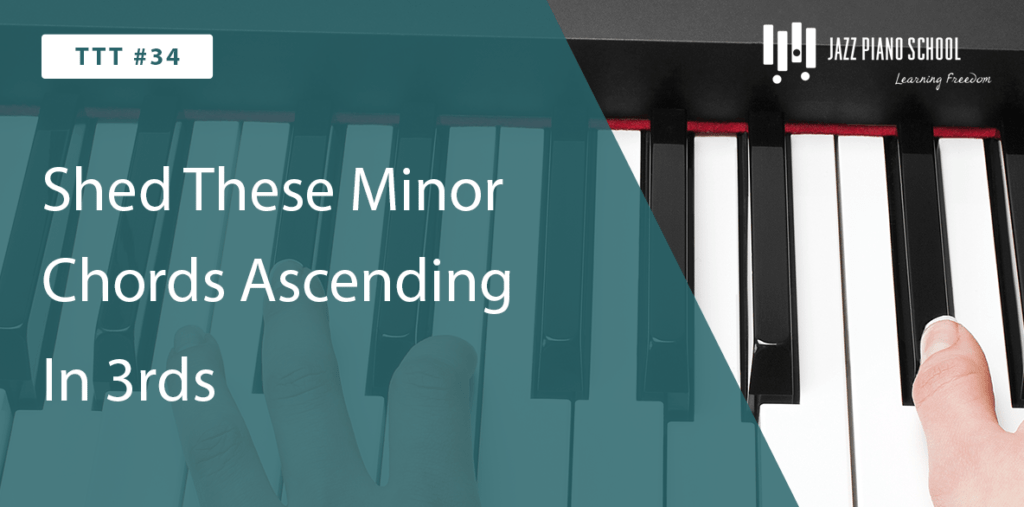When people talk about the origins of jazz, the name on everyone’s mind is the creator of ragtime piano, Scott Joplin. With such standbys as “The Entertainer,” “Sugar Cane Rag,” and “Maple Leaf Rag,” he came up with the makings of blues and swing which would eventually become jazz as we know it today. But how did we get there?

Enter Jelly Roll Morton. In the heart of New Orleans, the birthplace of jazz, he took the syncopations and harmonies of ragtime and infused his own style of improvisation and swing. How did he do this?
Let’s listen.

Original:
Scott Joplin (copyrighted 1899)
Jelly Roll:
(recorded 1938)
Jelly Roll comes out with a fresh take on Scott Joplin’s original hit.
The most immediate difference is the time feel, which is a 4-beat feel with swung eight notes, as opposed to the original straighter 2-beat feel.
In addition, he messes with the form of the piece. Instead of the original AABBACCDD rag, he interprets it more freely and alternates between sections at will.
The most astounding addition is how he improvises on the original theme. He embellishes and paraphrases the melody, playing with various melodic and rhythmic motives from the original.

The end result is an original interpretation of a musical staple from the past. Jelly Roll draws from his influences to create a whole new sound. He takes something old, and brings his own flair and turns it into something hip!
Jelly Roll Morton shows us how to draw from our influences around us to create original work. We can be open to new ideas with flexibility and freedom to experiment and explore.
Next time you sit down to play a standard, you can think:
- How can I play this different than before?
- How can I bring a different style?
- How can I draw from my influences to create a different sound?
These strategies will keep your music sounding fresh, and possibly steer you in some different directions. Looking to the past for inspiration drives us to a better future!















One Response
Informative as usual
*Site problem fixed.